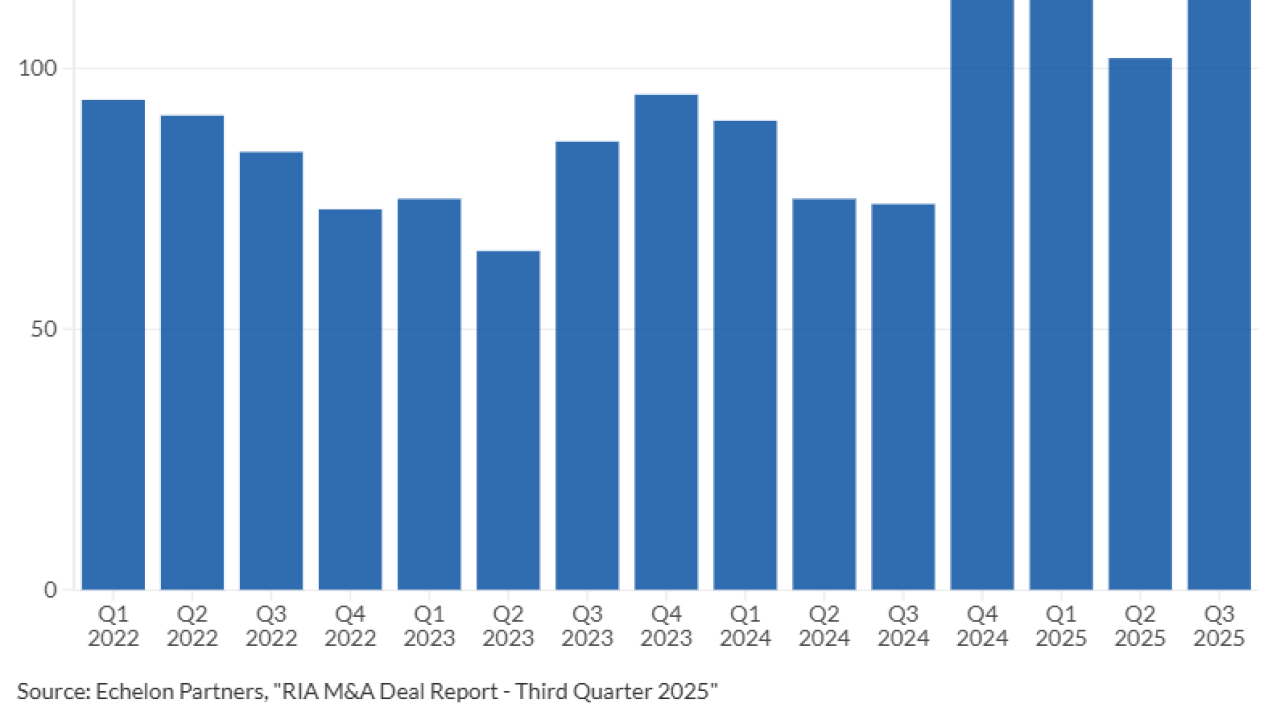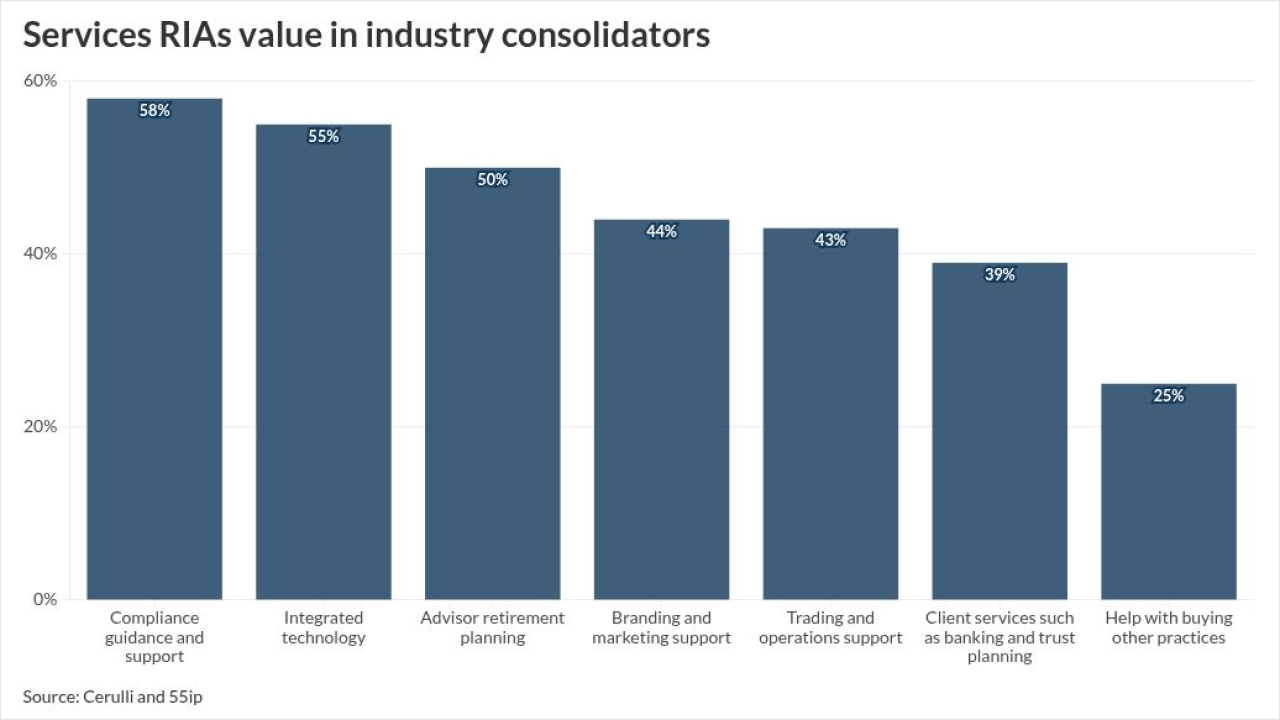It's generally advisable to see a finished product, or at least a late beta version, before writing about a new software application. Yet occasionally a pending release is so intriguing it's too hard to wait. Retirement Income Optimizer from Finance Logix is such a product. RIO is still under development, but it seems different enough and interesting enough that it should be on everyone's radar screen.
One problem in the financial planning industry is that it has generally been more effective in guiding the accumulation phase of financial plans than the distribution phase. Another problem is that many people who desperately need advice are priced out of the market, since many firms are geared toward wealthier clients.
Wouldn't it be nice if there were a technology that could provide meaningful retirement income solutions to those of more modest means? Imagine if advisors could profitably cater to the mass market. RIO may allow advisors to do just that.
The underlying concept is simple: Create an application that can, with minimal time spent on inputs, suggest an asset allocation that will provide the necessary cash flow from a client's investment portfolio.
Janney Montgomery Scott, a full-service financial services firm, wanted to deploy simple tools to provide the know-how of the firm's experienced planners to the retirement planning process. In conjunction with Finance Logix, the firm set out to develop a tool that could leverage artificial intelligence to mimic the recommendations that their best planners would provide and to deliver it uniformly.
The result is RIO, which combines a simple and intuitive user interface with a set of algorithms to provide retirement income solutions. From an enterprise standpoint, this design is appealing because each company that purchases the software can enter its own assumptions and algorithms to come up with solutions it believes to be appropriate. So an advisor who learns the software at, say, Janney and later goes to another firm might enter the same inputs but derive a different solution. This allows each firm to distill its own intellectual capital into the software while keeping its employees' user experience simple.
Finance Logix will also roll out a standard retail version, which will use assumptions and logic the company believes to be appropriate. How much latitude the advisors who purchase this version will have in changing the underlying assumptions has yet to be determined.
INPUTTING DATA
RIO is a web-based solution that can be run on a desktop computer or mobile device. Navigation is simple. The application requires that an advisor complete only four pages of data inputs. The first input screen captures basic client information: name, address, marital status, citizenship and date of birth.
The next screen records sources of income for each spouse. The screen is divided into three sections: one for earned income (salary), one for guaranteed income expected at retirement (Social Security, pensions, immediate annuities and fixed/variable annuities) and the final one for non-guaranteed income expected in retirement, like returns from real estate, a business or a trust. As you enter the data, the application totals the amount from each income source. The other inputs on this page are federal and state income tax rates for the pre- and post-retirement period. You can choose to use marginal rates or a flat rate.
The third screen is for entering assets. You check the boxes next to the types of assets you plan on entering. A pop-up screen prompts you for further information. For example, if you check the IRA box, a screen pops up asking you who the owner of the IRA is. You are prompted for the current balance, pre- and post-tax contributions, and asset allocation. If you wish to add IRA accounts, you can do so from within the same pop-up. Assets are divided into three subcategories: liquid, investment accounts and other. As entries are entered, the subcategories are totaled.
AGE-BASED FACTORS
The last input screen includes the current ages of the clients, their retirement ages and life expectancy. The latter two inputs are entered automatically using the default settings, but they can be changed. The Janney model has an age-based component for asset allocation, allowing you to designate whether the client's age, the spouse's or an average of the two will drive the asset allocation matrix. A risk-tolerance score can be entered manually, or it can be linked to a digital risk-tolerance questionnaire.
Other inputs include a desired legacy amount, retirement needs in today's dollars, retirement wants in today's dollars and the survivor ratio (the percentage of the total annual income the survivor will require after the first death). There are yes/no questions relating to insurance needs and concentrated stock positions, and the user can decide whether annuities should be excluded from the recommendations.
Once the inputs are complete, the next page provides what's labeled as Level 1 Asset Allocation. This is simply an illustration of what portion of the current portfolio is allocated to investments, variable annuities and immediate annuities compared with the recommended amounts. The information is displayed in both pie chart and spreadsheet format. It includes the dollar and percentage changes required per class to put the proposed changes into effect.
The next page, Level 2 Asset Allocation, presents the same information by asset class. It also lists the expected return, standard deviation and Sharpe ratio for the current and proposed portfolios.
PERCENTAGE OF GOALS COVERED
Other screens illustrate income coverage, cash flow and asset balances. These last two views include a box titled "proposed advantage at a glance." This displays key indicators like percentage of goals covered, risk and the age at which retirement is possible. You can toggle back and forth between the current view and the proposed to see the impact a proposed portfolio would have; this is shown in the graph but not currently in the comparison box.
The box works a little differently: The results displayed are always the proposed scenario. If there is a green check mark next to an item, and you mouse over it, you will see the advantage of the proposed over the current. If there is a red X, it indicates that the current is better than the proposed, and you can mouse over to see the difference.
Janney apparently wants it this way for its version; I hope Finance Logix decides to display the actual results for current and proposed in its retail "at a glance" boxes. Along the bottom of each results screen is a Review Plan Assumptions tab. When you click this tab, not only can you view key assumptions like time horizon, risk tolerance and legacy amount, you can also change them on the fly.
When an advisor is satisfied with the results, they can be printed. The report contains a smart cover letter that is computer generated based upon the inputs and the recommendations. Advisors can chose which pages of the report to include by checking or unchecking boxes in the print menu.
TIME IS MONEY
Although I have some issues with specific design decisions Janney has made, the overall application looks very promising. The input screens are well designed, navigation is easy and inputs are kept to a minimum. All of this means that you can create a RIO plan rapidly. For a salaried employee with few other income sources, only a few investment accounts and a retirement account like a 401(k), the inputs can probably be completed in 15 minutes or less. The planning time will vary, but in most cases will be measured in minutes, not hours.
Of course, since this application is new and is designed to get the job done fast, there are some compromises and/or omissions. For example, there is no Monte Carlo analysis performed on the results; you are just getting a straight-line projection based on assumed rates of return.
I expect that the standard retail version will include a Monte Carlo analysis. There should also be a provision to stress-test the portfolio. This, too, is almost certain to come in a subsequent version.
Currently, the Social Security calculations can automatically optimize among a few possible scenarios, but generally not some of the more complex ones. This, too, will be added soon. Surplus cash can be allocated to only one account, not, for example, half to a brokerage account and half to a savings account.
I could go on pointing out deficiencies, but that would be unfair at this stage, since the standard version is not yet available. I think the bigger news is that RIO tries to address the real need for an application that will allow advisors to provide less-wealthy individuals with meaningful advice in a cost-effective fashion.
HELP FOR THE 99%
RIO is not direct competition for MoneyGuidePro, NaviPlan or the full Finance Logix financial planning applications, nor is it meant to be. Today, much of the public is getting no advice, or advice that is so compromised as to render it useless.
As an industry, planners need to find a way to serve a portion of the 99% who we rarely deal with today. RIO appears to be a step in that direction.
Joel Bruckenstein is a Financial Planning editor-at-large and co-creator of the Technology Toolsfor Today newsletter and conference series. He's also president of Global Financial Advisors in Miramar, Fla. For more information, visit JoelBruckenstein.com.





